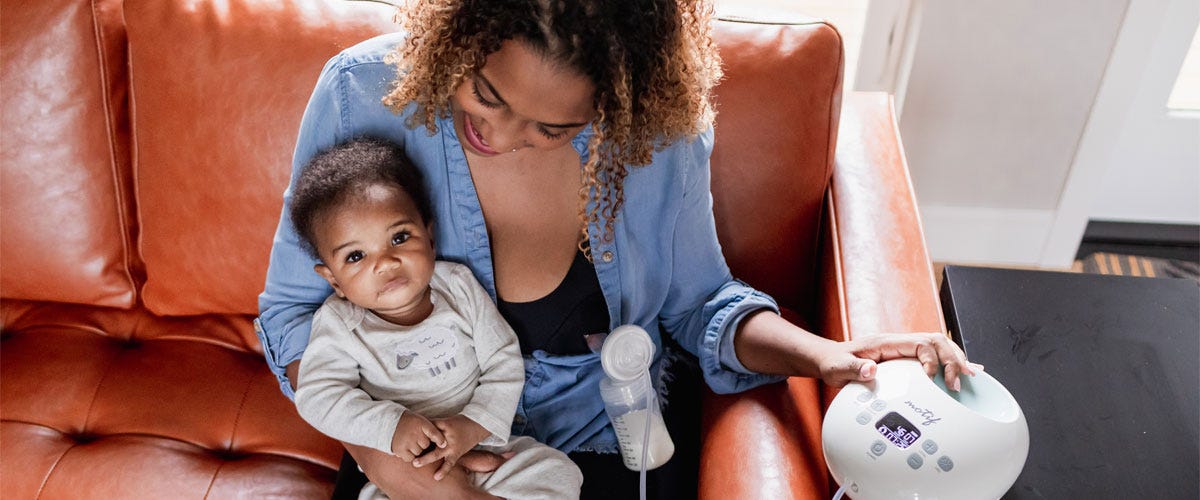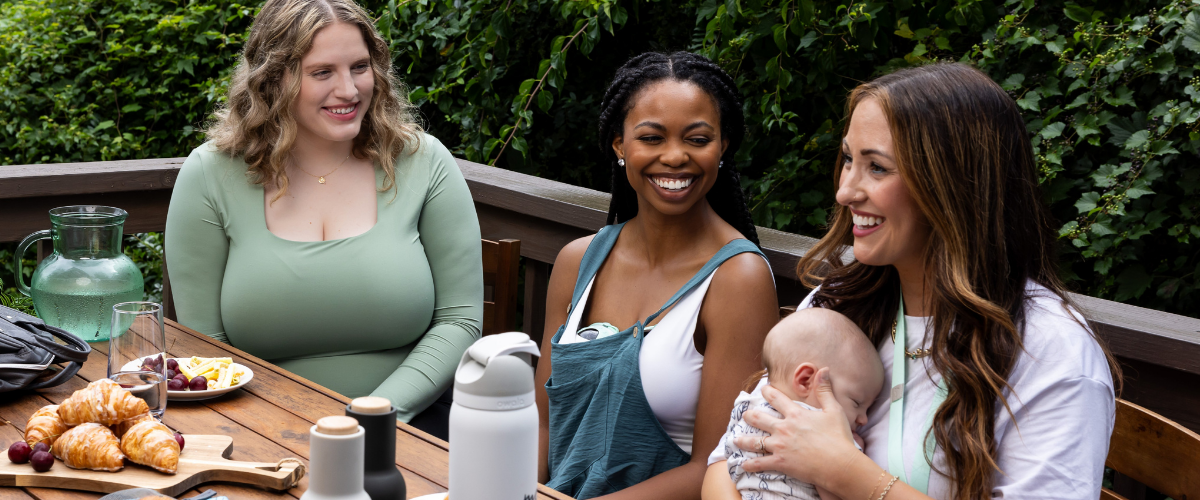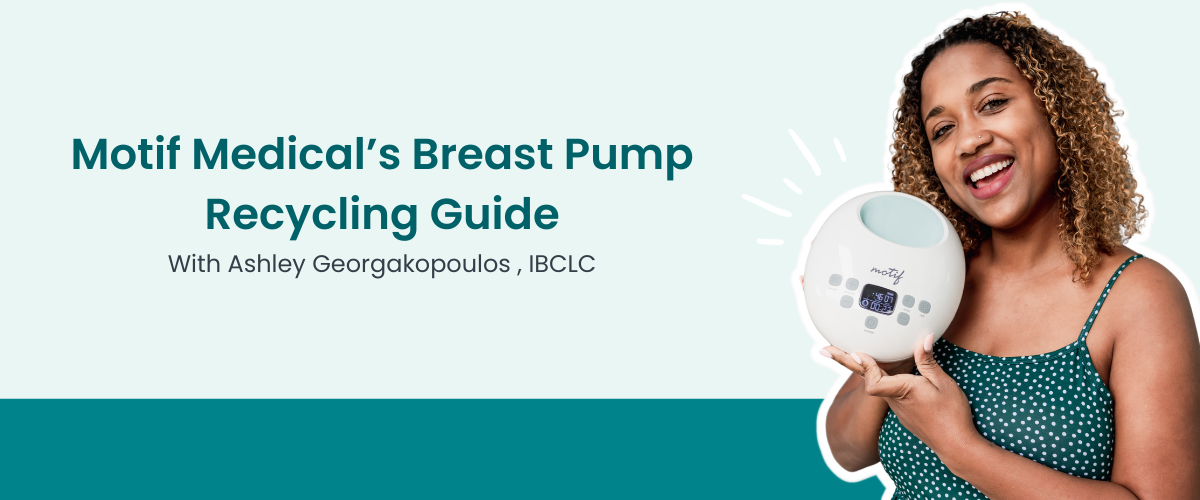While there are always unique questions and concerns about breastfeeding and pumping, there are questions that are more common than others! Because of this, we have teamed up to provide you with answers to your burning questions with our own experiences and resources.


Q1. What’s the longest you can keep pumped breast milk in the fridge?
A. You can keep pumped breast milk in the refrigerator for up to 4 days, as long as it has not been drunk out of directly. After 4 days, it can be switched over to the freezer. If the milk has been drunk out of, it needs to be used within 24 hours before discarding.
B. It is recommended to keep your pumped breastmilk in the fridge for up to 4 days. If you are on the 4th day and have not used it is best to switch it to the freezer, so that your pumped milk does not go to waste. It can then stay in the freezer for 6 months or 12 months if put in a deep freezer.
Q2. How do I safely stop breastfeeding/pumping without getting engorged?
A. Thinking of weaning as a transition, dropping one to two feedings or pumping sessions every 3 to 5 days, listening to your body while doing so. You can gently express, via hand expression or pumping, for a couple of minutes to relieve pressure, too! Applying ice packs or frozen peas after feeding and pumping, or when feeling swollen and engorged is a great way to reduce inflammation.
B. Spacing your pumping sessions out over time is the best way to allow your body to transition. This will help you safely drop pump sessions without suffering from engorgement. You want to tell your body to slowly stop producing, but your body needs time to get the message of what you are doing. Hand expression can help in between as it will provide relief without telling your body to make more milk like it would when using an electric pump.
Q3. How do I stop triple feeling? (Nursing, pumping, bottle)
A. This is largely going to depend on your goal, and how far along postpartum. If exclusivity is the goal, and you are just getting started, less than 4-6 weeks in your breastfeeding journey, it will be a lot easier to pinpoint exactly why breastmilk supply is not at the threshold we need, and know how to correct it. Further along, it might be time to work very closely with an IBCLC on finding a way to supplement, and maintain your supply where it is at, so that not only you are still able to keep providing breast milk, but do so in a mentally healthy and sustainable way!
B. Ideally you will want to work with a lactation provider to determine why the need for pumping and nursing and see if you can address the root issue. Also you will want to take a look at your goals if you are wanting to get back to breast exclusively or not. Triple feeding can be exhausting so working with your lactation team on getting milk supply back up to cut out the pump/bottle portion.
Q4. When do I need to start pumping?
A. Pumping is not necessary for everyone, but many breast-feeding mothers find pumping to be a useful tool. Anytime there is a missed feeding opportunity at the breast, whether it’s once in a while or full time, pumping is meant to replace this. It can also be used to boost supply, so feeding the baby at the breast, and then following with a pumping session can help tell the body to produce more milk. If establishing a milk stash, for going back to work for example, it’s best to start pumping in between feedings 1 to 2 times a day approximately two weeks before returning to work. You will also need to pump while you’re away from the baby, and this will add to the stash, too!
B. This will depend on your goals, if you are wanting to exclusively nurse your baby then you don’t have to pump if you don't want to. If you are going to miss a feeding whether separated from baby or date night you would want to make sure to replace your nursing session with a pumping session. If you are exclusively pumping you need to start within 1-3 hours after delivery. If you are going back to work or wanting to build an emergency stash it is best to add in a session in between feedings or during a long nap period. You can do this around 4 weeks old if going back to work at 6 weeks for example. Pumping can also be good after a nursing session only if you have been working with a lactation provider and been diagnosed with low milk supply.
Q5. My milk supply used to be fine but it recently dropped. What is going on and what can I do about it?
A. My first suggestion would be to gauge exactly what you need. There will be some natural dips and fluctuations in our breastmilk supply throughout our entire journey. If you’re gauging this solely on your pumping output, but your baby seems fine at the breast and has no change in the way that they eat and their satiety at the end of the feed, it could be time to take a look at your pumping routine, replaceable parts such as the membranes / duckbills, or frequency. Other notable changes will happen when your menses returns, and should return back to normal after the end of your cycle. Discussing this with an IBCLC can help you pinpoint how to gauge, and where changes have occurred.
B. If you used to make enough milk but recently noticed a dip in supply some of the culprits could be hormones, schedule changes, stress, diet and exercise, and needing to replace your pump parts. If you are pregnant, or getting your period back your supply can take a dip. With the holidays upon there is a lot of stress and schedule changes. You may have missed a pump session with all the festivities or have some added stress with the in-laws coming for holiday dinner. Your new year's goal of diet and exercise can also be a reason for supply drop and sometimes it happens for no reason at all. No matter the reason you can try adding in an additional pump session or power pumping. If you nurse, you can have a nurse in with the baby and just nurse as much as your baby will allow. Make sure if exclusively pumping to be getting in 120 minutes a day of pump time. And lastly your pump parts such as duckbill valves and backflow protectors need to be replaced over time so swapping them out can help. We know you have a lot going on with your new baby so do the best you can and make sure to take care of mama too.
Q6. Flange sizing, it seems so daunting; where do I even begin?
A. Measuring and physically placing flanges on the nipples are important when it comes to sizing. A good starting point is measuring the nipple in millimeters around the circumference, and adding 2 mm for the size. You can do this with a string and lay it on a ruler, or you can use a pre-measured guide from print outs or purchased rulers specifically for this purpose. But actually physically placing the flange helps you see the fit, and gently pumping to see how the nipple moves inside of the flange is helpful too. Do you want to also measure each individual nipple, as there may be some subtle differences between sizes. Resize anytime you have a noticeable change in breast size, either from postpartum swelling, changes in milk supply, or anything that would contribute to this. What you’re looking for inside the flange is minimal-to-no rubbing and compression of the areola, and full freedom of movement for the nipple.
B. Flange size especially if this is your first time pumping can be a bit overwhelming. There are nipple sizing charts that you can print off online or have a lactation provider size you. If you have received different sizes with your pump I tell my moms to start with the smallest size and see how that works. A Lot of times we think we need to go up in size, but sometimes that can be more harmful as we give our nipples more room to swell in the flange and really we need to go down in size. You want to make sure only your nipple is being pulled into the flange and not the areola as it will prevent milk from coming out. There shouldn’t be too much room on either side of the nipple but you also do not want your nipple rubbing on the side of the flange. If the size that came with your pump is not working you can check with the manufacturer of your pump or off brand companies to find a better fit. Lastly if your nipple is being pulled all the way into the tunnel this is called elastic nipples and something like a silicone flange or nipple cushion can help grab the tissue to prevent this.
Resources:
- ABM Clinical Protocol #8: Human Milk Storage Information for Home Use for Full-Term Infants, Revised 2017 Breastfeeding Medicine 2017 12:7, 390-395
- Maternal Perceptions of Insufficient Milk Supply in Breastfeeding, J Nurs Scholarsh. 2008 ; 40(4): 355–363. doi:10.1111/j.1547-5069.2008.00234.x.
- Weaning your child from breastfeeding, Pediatric Child Health. 2004 Apr; 9(4): 254–255. doi:10.1093/pch/9.4.254 https://www.ncbi.nlm.nih.gov/pmc/articles/PMC2720508/#__ffn_sectitle
- Labiner-Wolfe J, Fein S, Shealy KR, Wang C. Prevalence of breast milk expression and associated factors. Pediatrics. 2008;122(suppl 2):S63–S68
- Walker M, Auerbach KG. Breast pumps and other technologies. : Riordan J, Auerbach KG, Breastfeeding and Human Lactation. 2nd ed Sudbury, MA: Jones and Bartlett Publishers; 1998:393–448
- Marín ML, Arroyo R, Jiménez E, Gómez A, Fernández L, Rodríguez JM. Cold storage of human milk: effect on its bacterial composition. J Pediatr Gastroenterol Nutr. 2009;49(3):343–34
- kellymom.com








